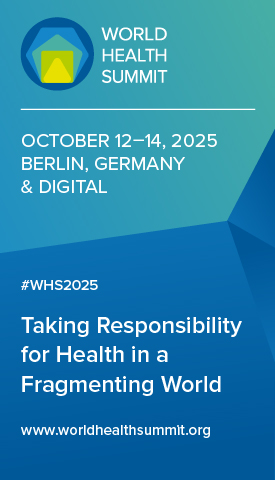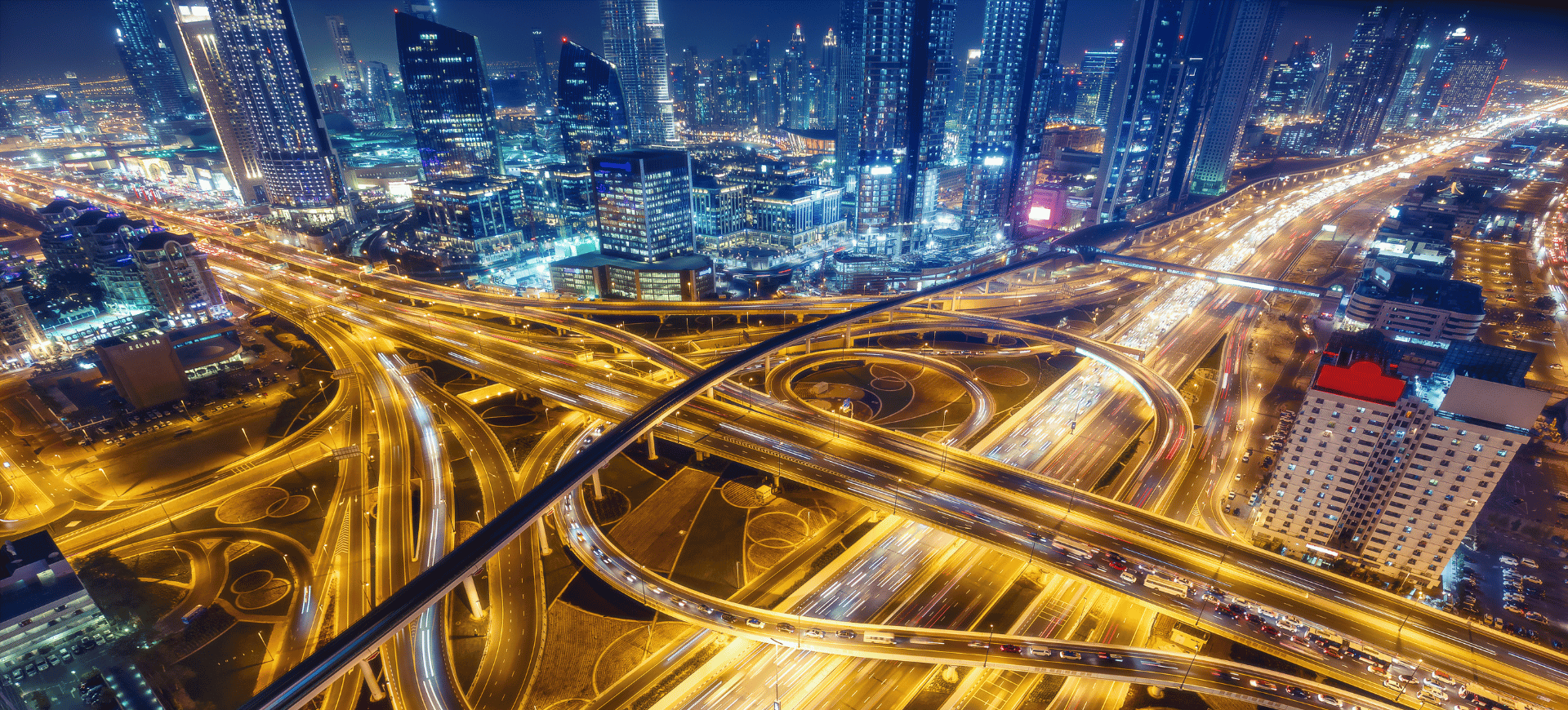Build forward better
External influences are hindering progress on the Sustainable Development Goals, but perhaps now more than ever before, the SDGs offer a blueprint for a greener, more inclusive and more sustainable future for all – Interview with Achim Steiner, administrator, United Nations Development Programme
As this year began, what progress were we making on the Sustainable Development Goals?
The COVID-19 pandemic means that, in many countries, progress towards the 17 SDGs did not advance as envisaged – certainly not in line with the indicators and targets. Hard-won progress in key areas such as poverty eradication, hunger, healthcare, education and gender equality has suffered major setbacks. Yet the pandemic actually accelerated some efforts, including the extension of vital social safety nets. The challenge now is to ensure that such programmes become a lasting part of countries’ socio-economic fabric.
In many ways, now is the moment for countries and communities to embrace the SDGs even more fully as they offer a blueprint to build forward better from this pandemic with their clear vision of a greener, more inclusive and more sustainable future for all.
How has Russia’s invasion of Ukraine affected these partial advances?
The implications of the war, first of all on Ukraine, are devastating and likely to reverse development gains by years if not decades. At the same time, the impacts are also reverberating across the world and will continue to do so for years to come. All countries – especially developing countries, which are already heavily stressed by the pandemic – are suddenly confronted by grain prices that have increased by 30% or 40% and fuel prices by 60%, along with rising interest rates. This is why the United Nations secretary-general, António Guterres, has established a Global Crisis Response Group on Food, Energy and Finance. Working side by side with both developed and developing countries, it will advance strategies and help to implement much-needed solutions to this three-dimensional crisis.
Do recent outbreaks of COVID-19 in Asia and Europe pose another challenge?
These outbreaks are a stark reminder of the intelligence of viruses, which evolve to survive. The numbers should be a constant reminder that from the health dimension to the social and economic dimensions, we are living through a period of extreme uncertainty. This virus is still imposing incredible suffering and disruption to millions of people across the world. Regrettably, there is no reason to just assume that we are out of the worst of this crisis.
How is the relentless rise in climate change affecting progress towards the SDGs?
Remarkably, almost half the world’s population is now affected by the impacts of climate change, threatening progress across the SDGs. Yet, within a window of eight to 12 years, the world has the capacity to maintain an economic pathway to decarbonisation that will limit global warming to 1.5°C. The decisions we take – or do not take – over the next 12 to 36 months will determine whether our decarbonisation pathways are compatible with the scientific corridor through which the world must move. If we do not take this opportunity now, that choice will no longer be there.
The key to our success lies in the unambiguous decisions taken in the immediate future by the industrialised world and large emitters, which need to maintain a common purpose of decarbonisation on an accelerated trajectory.
We spent decades arguing that decarbonising our economies constrained development. Now development through decarbonisation could become humankind’s greatest story of growth and reawakening.
How is UNDP working to counter these new challenges while continuing to address the inherited ones?
In many countries, leaders have been struggling to anticipate some of the biggest opportunities and threats to their national development priorities. Therefore, over the past four years, the United Nations Development Programme has been putting increased focus on the future of development. Working with our partners, we are committed to assisting countries to interpret likely scenarios and get ahead of a rapidly changing developing context using the power of data, analytics and new digital tools. As we connect 170 countries together, our efforts are centred on bringing science, knowledge, technology and opportunity closer to those who can turn them into development choices and pathways that drive progress across the SDGs.
In particular, consider the incredible power of digitalisation, which has begun to revolutionise every aspect of development. If it is built using a digital ecosystem approach, rather than just measuring the number of people connected to the internet or lengths of fibre-optic cable, technology can rapidly accelerate development – potentially opening up millions of new
jobs and livelihoods, driving down poverty and inequalities.
We are also increasingly assisting countries to leverage and combine the power of public finance – domestic and international – with private sector investments. For instance, in coordination with partners including the European Union and the International Monetary Fund, UNDP has assisted approximately 70 countries to design and roll out Integrated National Financing Frameworks, which aim to align development finance with the SDGs and the Paris Agreement. The demand for this work is growing exponentially – the development promise of the United Nations is proving to be one of its greatest assets.
How can the G7 leaders at Elmau help?
The Elmau valley is one of the most beautiful spots in the world, so G7 leaders should take inspiration from nature to realise what exactly is at risk right now. We are a family of almost eight billion that is currently failing to do enough to secure the future of people and the planet.
At this global inflection point, we need wisdom, leadership, vision and, perhaps most importantly, courage. People across the world are looking to the G7 for precisely those qualities. Ultimately, this G7 summit will be analysed through the lenses of financial stability and climate action as well as its commitment to multilateralism and the rule of law. Indeed, all countries shoulder a responsibility that unless we look after the international architecture that we have spent 76 years building, we should not be surprised if it is not here tomorrow. This G7 will be remembered if it is able to frame an agenda that provides a way out of multiple, spiralling crises while helping the world to rediscover the importance of caring about the future.












